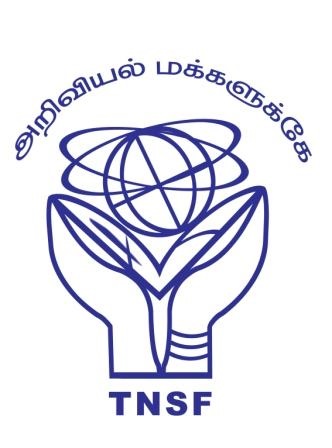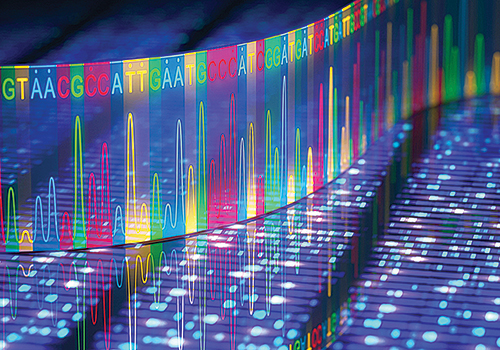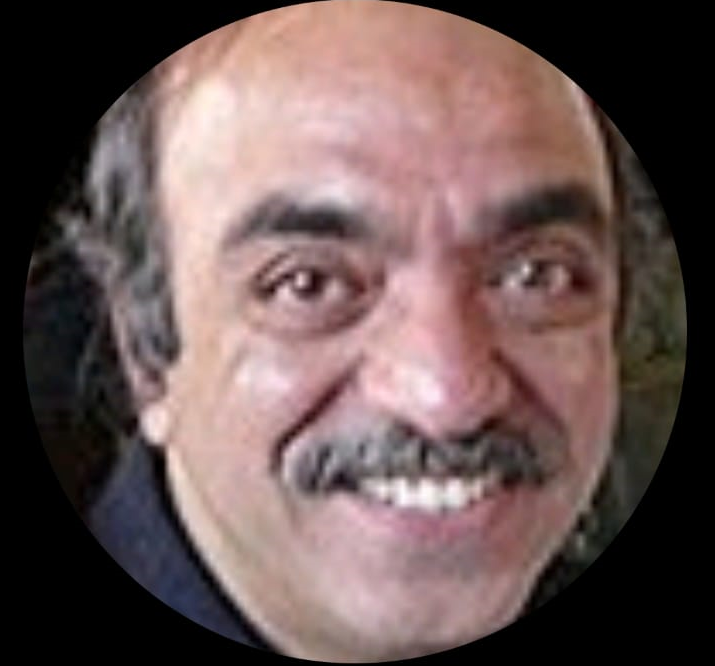About Program

This is part of its efforts to popularize science to the general public and students who are pursuing science as their career. TNSF attempt to focus on students on higher science as everyone knows that learning of science at college within the curriculum is not enough to acquire holistic knowledge of science at the appropriate time. Hence, to fill the gap between what students are acquiring through the curriculum and what it is required, TNSF is planning its activities on higher science to students who are pursuing higher education.

By the middle of the 20th Century, genetic and biochemical studies had made it clear that deoxyribonucleic acid (DNA) was the primary information carrier in living organisms. Yet DNA is only a duplex of a long linear string made up of four 'letters' (the nucleotide bases) of the genetic alphabet. Determining the sequence of all the bases is akin to reading all the sentences that make up the "Book of Life".
The amount of this "information" is massive - you need to determine the sequence of three billion bases to fully 'read' the DNA contained in a typical human cell. This daunting task was rendered remarkably quick, accurate and cost-effective by the discovery of Next Generation sequencing by Shankar Balasubramanian and David Klenerman.
The ability to sequence whole genomes of all organisms, from viruses to plants to mammals, has revolutionized our ability to study life. For example, today you can take some soil from a remote cave that was, about 45,000 years ago, the dwelling place for a dozen or so human ancestors, extract DNA left in the soil by the activities of these inhabitants, sequence it, and establish that these cave dwellers were Neandertals and four of them were brothers.
The talk will describe how information is extracted from chromosomes by Next Generation sequencing and then used in a variety of endeavours, such as tracing the outbreaks of coronaviruses in communities, and the improvement of agricultural crops.
